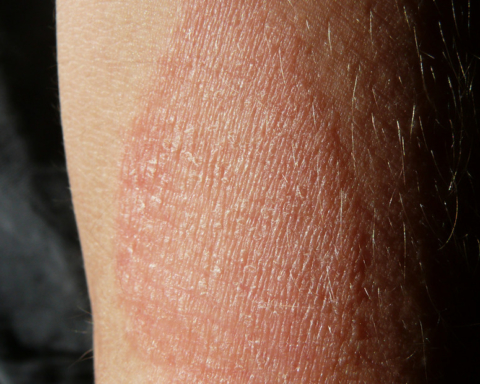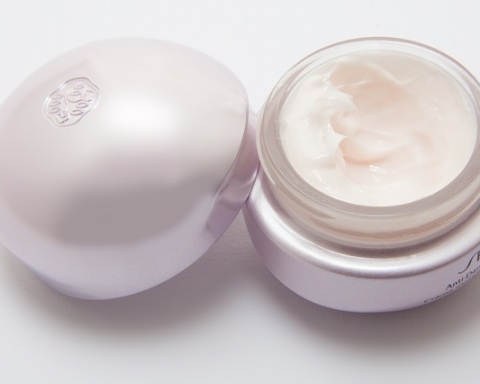The importance of exosomes in skin cell regeneration has been extensively researched over the past few years. Functions involving the fibroblasts, forming of new blood vessels, and controlling the localized inflammatory response of the skin are all benefits of their use.
Exosomes have another essential function, and that would be intercellular communication. The enhanced communication means that exosomes can facilitate the transfer of RNA, cytokines, growth factors, and specific proteins like keratin. All of these are necessary for the skin to rejuvenate itself.
These naturally occurring messengers that are unable to replicate themselves could be utilized in different services and technologies that would help with skin regeneration:
1. Extraction Techniques
There are currently many exosome services available that can aid anyone who needs it. Of these services, isolating the exosomes for laboratories is the most crucial.
Biopsies can be extremely valuable for the early detection of certain conditions, including life-threatening cancers. Traditional biopsies involved doctors removing cells from a specific body area that would be tested for markers indicating a disease.
This method has been used for cancers of the skin to assist doctors in making a diagnosis. It’s also used to determine the stage of skin cancer. Exosomes could be used with the latest technologies instead of an actual skin sample.
Exosomes could be present in body fluids, making it much easier for pathologists to use fluid biopsies as an investigative method. Exosome vesicles in the body fluid could be analyzed under the microscope by containing material from their cells of origin.
Because exosomes are released by all the body cells, there would be an abundant supply for laboratories to use, making more viable samples that could be accurately tested. The most used technology for cell isolation is ultracentrifugation, while the latest nanotechnology developments are emerging, making the process more accurate and efficient.
2. Engineering Exosomes
After isolating the specific exosomes needed, they could be engineered to make them more fit for the purpose.
Exosomes originate from different types of cells in the body, and each has a unique purpose. Isolating exosomes from the skin would then work well when applied again to the skin. For example, mesenchymal stem cell exosomes are used for regeneration and healing wounds on the skin.
Because exosomes have a fatty outer layer, many different molecules could attach themselves to this layer to be transported to other cells. Medication, extra proteins, or other enriching molecules could be attached to the exosomes in a laboratory before being used in patients.
Skin cell exosomes could improve various skin conditions by designing a specific formulation needed for that purpose.
3. Application Techniques
Intra-Muscular Injection
For anti-aging therapies, the messenger or carrier function is capitalized by having the exosomes bring in more ingredients for the skin to heal itself naturally. As we age, our skin loses this function, and by adding exosomes, it may be possible to regain some of the regenerative properties.
Intravenous Applications
Although an IV drip may be more invasive and the procedure is not as short as other methods, it could have numerous benefits for the person receiving it.
The skin would benefit by looking more youthful and hydrated, and skin conditions like allergies or eczema could improve. With a boost to the immune system, patients could feel overall improvements in energy levels.
Dermal Injections
The isolated cells or exosomes are injected into one of the skin layers, and from there, they spread to the surrounding skin cells. This superficial injection could provide a denser concentration of the exosomes to that specific injection site.
Revolutionary treatments like exosome injections could benefit acne, anti-aging, other skin inflammatory conditions, or even cancers of the skin.
Nebulizing
Nebulizing is a great way to introduce exosomes into the body without being invasive. Instead of using a mask for inhalation like in traditional medications, the exosomes can be inhaled through proximity.
This way of inhalation could assist with a spread over the skin of the face or the target area. Exosomes could be absorbed directly through the skin of the face while also being inhaled into the lungs.
Nasal Drops
Another less invasive method of delivery for exosomes would be through nasal drops. Dripping the fluid directly into the nose could be similar to inhalation. The blood vessels in the nose are also close to the skin and the lungs.
To Conclude
Some speculate that exosome services may hold the future for medicine as it’s a well-researched advancement of medical science. Researchers are doing more testing on this new discovery and hoping to have the Food and Drug Administration’s approval for more applications soon.
For skin regeneration, the options are up-and-coming, and science seems to agree with this. That said, we may see more of these treatments being used more often in the future.
Author Bio
Paulette M. Boykin is a 50-year-old mother of three that has been a lab technician for more than 20 years. She prides herself on being meticulous and colleagues often describe her as being a perfectionist. She is currently working at a pharmaceutical institution that furthers research for better delivery of medicine throughout the body.








